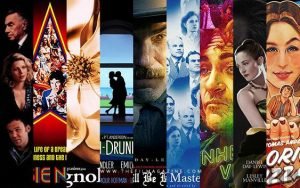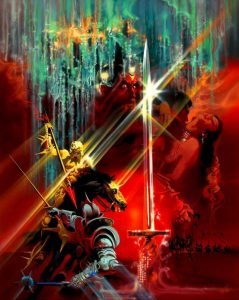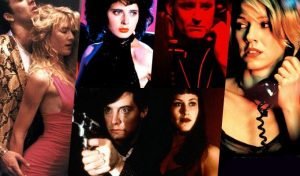Exploring the Visual Poetry of Wong Kar-wai’s Films
If you’re a fan of Wong Kar-wai’s films, you know that his work is more than just storytelling. His films are visual poetry, a stunning fusion of light, color, music, and emotion that creates an experience unlike any other. Wong Kar-wai has a unique ability to capture the essence of human experiences and relationships through his use of cinematic techniques. Join us as we delve into the mesmerizing world of Wong Kar-wai’s visual poetry and explore the techniques he uses to create such breathtaking films.
If you’re a fan of Wong Kar-wai’s films, you know that his work is more than just storytelling. His films are visual poetry, a stunning fusion of light, color, music, and emotion that creates an experience unlike any other. Wong Kar-wai has a unique ability to capture the essence of human experiences and relationships through his use of cinematic techniques. Join us as we delve into the mesmerizing world of Wong Kar-wai’s visual poetry and explore the techniques he uses to create such breathtaking films.
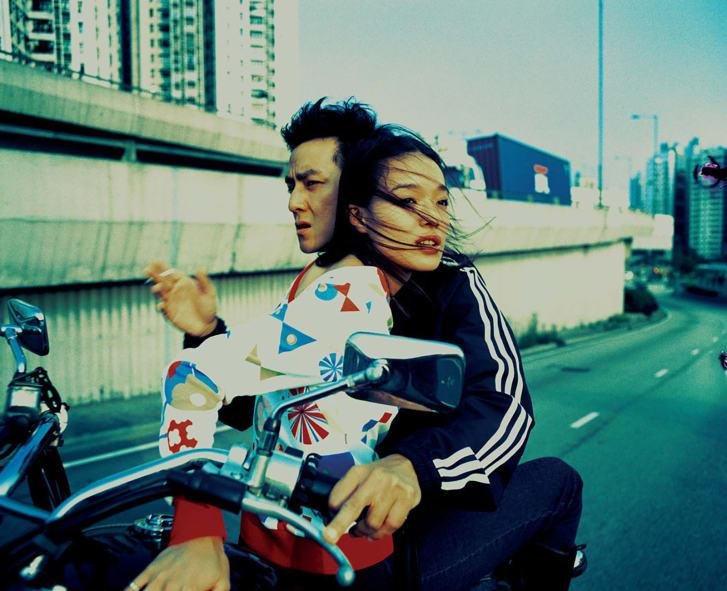
Introduction
In today’s article, we are going to explore the visually stunning world of Wong Kar-wai’s films. Wong Kar-wai is a Hong Kong filmmaker who has made a name for himself with his unique style of storytelling and visuals. His films are known for their beautiful cinematography, captivating music, and complex characters. In this article, we will delve deeper into Wong Kar-wai’s use of visual poetry in his films, and how it has helped him create some of the most visually stunning movies of our time. So, sit back, relax, and get ready to be transported into the mesmerizing world of Wong Kar-wai’s films.
Who is Wong Kar-wai and why is he important in film industry
Wong Kar-wai is an influential director hailing from Hong Kong, known for his visually stunning and poetic films. He is often associated with the Hong Kong New Wave movement and is widely regarded as a master of mood and atmosphere. Wong has won numerous awards for his work, including the Best Director award at the Cannes Film Festival for his film “Happy Together”. His films often explore themes of love, longing, and memory, and are characterized by their lush visuals and unconventional storytelling techniques. Wong Kar-wai’s contributions to the film industry have been significant, inspiring countless filmmakers and cementing his place as one of the greatest directors of our time.
Visual poetry as a concept
Visual poetry is a concept that has gained popularity in the world of cinema, particularly in the works of acclaimed filmmaker Wong Kar-wai. It refers to the use of visual elements to evoke emotions, ideas, and themes in a film. Wong Kar-wai is known for his ability to create mesmerizing visual poetry in his movies, combining stunning cinematography, music, and editing techniques to create a unique and unforgettable cinematic experience. His use of colors, slow-motion shots, and close-ups of actors’ faces adds depth and meaning to his films and has made him one of the most respected directors in the industry.
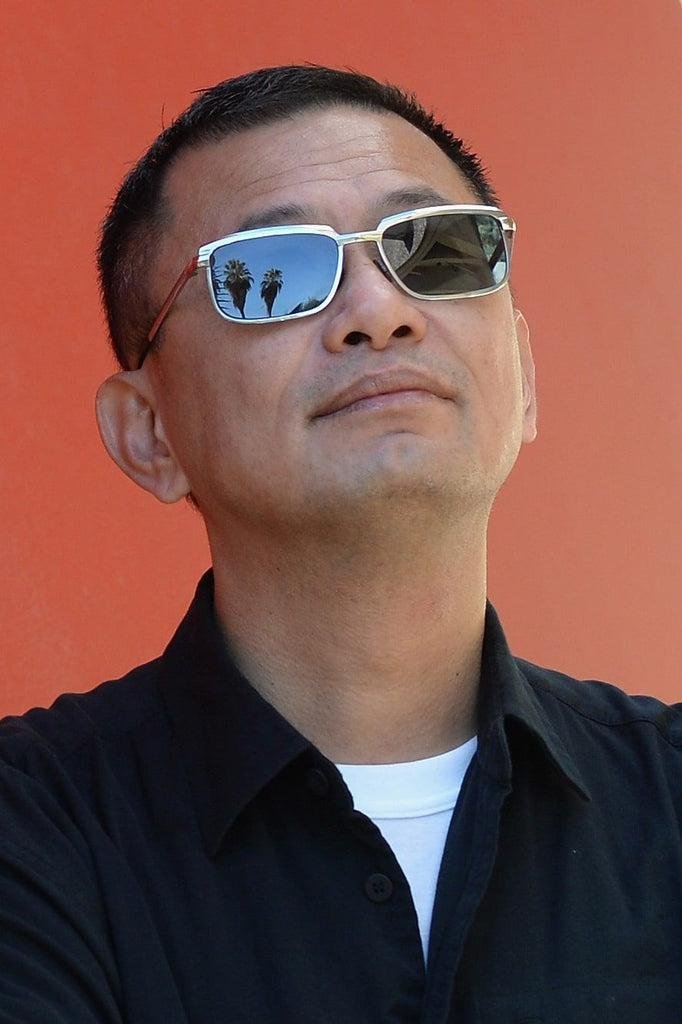
The use of color in Wong Kar-wai’s films
Wong Kar-wai’s films are a true feast for the eyes due to his masterful use of color. With his unique visual poetry, he creates a unique atmosphere and mood in each scene through color. From the bold and vibrant hues in “Chungking Express” to the muted and melancholic tones in “In the Mood for Love,” Wong Kar-wai is a true artist when it comes to color palettes. He uses color to convey emotions, to signify character development, and to create a sense of place and time. Wong Kar-wai’s use of color is a perfect example of how a director can elevate a film’s aesthetic and storytelling through visual elements.
Symbolism in Wong Kar-wai’s films
Symbolism plays a significant role in Wong Kar-wai’s films, elevating them to the level of visual poetry. His use of recurring motifs such as clocks, rain, and light bulbs add meaning and depth to his stories. In Chungking Express, the pineapple becomes a symbol of hope and new beginnings, while the number 2046 represents the unattainable. Wong Kar-wai’s films also incorporate colors and framing techniques to create a sense of mood and atmosphere. His masterful use of symbolism invites the audience to look beyond the surface and engage with the deeper themes and emotions that his films convey.
The significance of music and sound in Wong Kar-wai’s films
The use of music and sound in Wong Kar-wai’s films is an essential part of his visual poetry. Known for his unique and stylized approach to filmmaking, Wong Kar-wai often uses music as a storytelling device to convey emotions and set the mood of a scene. His films are infused with a mix of genres and cultures, and the soundtrack plays a crucial role in creating a sense of time and place. Wong’s use of sound also emphasizes the importance of silence, allowing the audience to fully immerse themselves in the visual experience. From the unforgettable strains of “Yumeji’s Theme” in “In the Mood for Love” to the hypnotic beat of “California Dreamin'” in “Chungking Express,” the music and sound in Wong Kar-wai’s films are as much a part of the story as the visuals themselves.
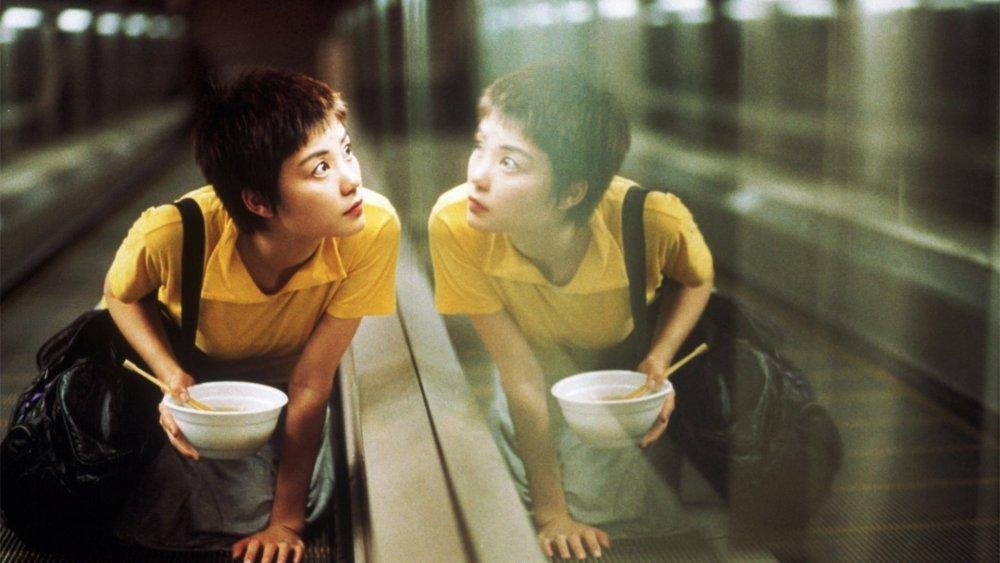
The role of slow-motion and camera movement in Wong Kar-wai’s visual poetry
Wong Kar-wai’s visual poetry is renowned for its unique cinematic language that blends slow-motion and camera movement to create an immersive and poetic experience. Slow-motion enables him to elongate the moment and amplify its emotional impact, creating a sense of timelessness that adds to the visual poetry. In addition, Wong Kar-wai’s use of camera movement is masterful, with the camera often following characters as they move through space, creating a sense of fluidity and immersion in the scene. His use of slow-motion and camera movement in films like In the Mood for Love and Chungking Express has become iconic, making his work an inspiration for filmmakers around the world.
Wong Kar-wai’s influence on modern cinema
Wong Kar-wai is a renowned filmmaker whose unique approach to storytelling and visual poetry has had a significant impact on modern cinema. His films, such as “In the Mood for Love” and “Chungking Express,” are known for their elegantly crafted cinematography, unconventional editing, and intimate storytelling. Wong’s use of color, music, and slow-motion shots creates a dreamlike atmosphere that immerses the audience in his characters’ emotional experiences. His influence can be seen in the works of many contemporary filmmakers, who have adopted his techniques to create their own distinct visual styles. Wong Kar-wai’s contributions to cinema have cemented his legacy as a master of the craft.
Criticisms and controversies surrounding Wong Kar-wai’s visual poetry
Wong Kar-wai is a renowned filmmaker known for his visually stunning films. However, his distinctive style of visual poetry has faced criticisms and controversies. Some critics argue that his films lack cohesive narrative structure and rely too heavily on slow-motion shots and flashy editing techniques. Additionally, some have accused him of perpetuating stereotypes and exoticizing Asian cultures in his films. Despite these criticisms, Wong Kar-wai’s films have a loyal fan base and continue to be celebrated for their unique aesthetic and emotional impact.
Conclusion
In conclusion, Wong Kar-wai’s visual poetry is a true masterpiece that captures the essence of cinema. His unique style and artistic vision have mesmerized audiences around the world for years. His ability to create stunning visuals and deep emotions in his films is simply unparalleled. Wong Kar-wai’s impact on the film industry is undeniable, and his work will continue to inspire generations to come. Truly, his films are a testament to the power of cinema to move and inspire us in ways that nothing else can.
For more information about Wong Kar-wai visual poetry, including movie details, cast information, etc..
check out the filmaffinity page.

